UNBOUND BY CLIQUES AND CONVENTIONS WITH HOTBOXED CREATIVE GROUP
I don’t think many of us ever relinquish that universal dream that we hold in the deepest part of our hearts—the dream to make cool shit, forever, with our friends. When we find ourselves caught in the daily grind of a job we’re only kinda, maybe into, and the general temperature of our lives are lukewarm at best, a space like Hotboxed Creative Group emerges out of the haze as a reminder to us all that this dream is still possible — and its really, really precious.
Over the last few years, best friends Kyle O’Brien, Keegan O’Brien and Josh Murray have nurtured Hotboxed as an overarching framework under which all things they want to create can be done. From music-focused events, ranging from one-night projects to multi-day festivals and club takeovers, to their clothing brand KOSOK (Kulture Of Some Other Kind) to Hotboxed Records, the space embodies their unrelenting pursuit of experimentation — in which redefinitions and reassertions of a scene that they believe in can be made-manifest, unbound by borders, cliques, and conventions. As we talk about later in our conversation, the act of convening together in a crowd, to dance, basking in soundwaves as a community, is intensely ancestral – an inarticulable, common thread held together by most people, in most cultures, throughout history. So today, when ‘events’ appear to be a sanitised, almost industrial amalgamations of this innate spirit — Hot Boxed have set out to do it differently. As Josh explains “we don’t want to be known as a ‘clique’ brand, we don’t want to have a one-dimensional audience — we want to provide a space for everyone to come and enjoy themselves. We want people to really feel how we can translate a place and an experience into something meaningful.”
Imagery courtesy of Hotboxed Creative Group featuring Lusanda
Imagery courtesy of Hotboxed Creative Group
Like many of the best (and most underground) stories in South African music, Hotboxed began on the shores of KZN – as Kyle shares, “a bunch of us in Ballito had nothing to do during the pandemic, so we really focused on mixing and making music. From there it led to smaller diggs parties and then the digs parties got bigger, to the point where we eventually got a venue called Colour Lab.” From hosting small events to being catapulted to massive crowds, Kyle reflects on a pivotal moment that both intensified and reinforced Hotboxed as a viable vision, “we grew a lot, and quickly. At the end of that year, we organised a three-day music festival in Plett. There were literally only three of us working the festival, and 3,000 people showed up. We were way in over our heads. Everything was fine—it was a great event—but it was just a massive jump into the industry. It was so intense. We didn’t have Josh at the time, who’s now our production mastermind and safety-oriented expert.”
“We realised that this was something we could do for a living. We started to focus on smaller, more intimate parties. Our team evolved and expanded, and Josh joined us. We returned to Durban with a new vision, hosting Turbojazz over three days in a forest on the beach, alongside Dwson, DJ Buhle, Fabio, and Jed. That event really solidified how serious we were about making this our life’s work’’ Kyle continues, “with my role as a music producer, the next logical step was to create a music label within the HOTBOXED world. It took a long time to get off the ground, but now it’s something we are really passionate about. We want to push it as much as we can, championing South African artists and South African music.”
What makes the Hotboxed dream serendipitous, among many things, is its origin – reaching way back, to Kyle and Josh’ most formative years as young kids, at the very dawn of earning their chops — Josh remincises, “the first party I ever threw was in grade 7, at a community hall in Hilton. A then-stranger and now close friend, Erik, showed up with Kyle, who was performing as part of an electronic act. Later on, they formed a trio with Lesedi, who joined the group around 2020, and together they became known as ‘Be Mindful. So, at just 12 years old, Kyle and I crossed paths at that party. Fast forward to now, and here we are, over a decade later, throwing parties together.”
Josh’s journey into the world of events wasn’t straightforward, “I left matric with no real plan. Studying wasn’t an option for me, and I had been DJing since I was 16. I wanted to dive deeper into the industry, not knowing it would come with its fair share of stress. I started working for an events company called Big Night Out, managing events and hosting everyone from Black Coffee to Jeremy Loops. But then, COVID hit.” After a stint working in Dubai and finalising his sound design studies, Josh returned to South Africa. “When I got back, Kyle was deep into events and needed some help. I jumped in, and it has truly given me a space to create. I’m very logistically-minded, but I like to think of myself as a creator of spaces. Hotboxed allows me to explore every sensory aspect of creating an environment—from sight and sound to smell and touch.” Together, Kyle and Josh each bring the very best of their respective skills; with their roles and responsibilities emerging organically, as they set out to achieve everything they set their sights on.
Josh emphasises the Hotboxed approach to breaking norms, “our main focus, especially after the festival Kyle did in Plett, has been to defy expectations. We’re focused on connecting the dots’’ and that, “This is very much our life, and we’re dedicated to making it last as long as possible. We’ve never aimed to be just an events company—Kyle set out that vision early on. The ‘CG’ in our name stands for Creative Group. We’ve always been about expressing anything and everything we’re passionate about.”
It’s not often we get to chat about Durban on CEC. As South Africans, it’s Cape Town and Joburg that take up the most space — and yet, as Josh points out, “statistically, the majority of the highest grossing South African artists are all from Durban.” Awash with municipal issues, an ever-increasing exodus of young people (heading to universities around the country) and a decline of opportunities, Durban is the one we’re all waiting for, in terms of a comeback. I ask Josh and Kyle about it, to which they muse their love-hate relationship. Josh notes, “Yeah, it’s a beautiful place, with nothing to do. It never really made any sense to me why there’s little to no scene in Durban. It was quite rife in the early 90s with the club called 330 and multiple other venues that were hosting international’s weekly. Then something started to happen where it just deteriorated,” and that suddenly, “there was a crowd culture where people were usually home by midnight and weren’t interested in exploring anything new. This made it difficult for creatives who were trying to push boundaries and introduce fresh ideas. I got involved with an events brand called ALTR which was known for throwing parties in unconventional locations around Durban, and we even ventured into the townships, specifically Umlazi, which has a vibrant music culture centred around house music.”
Imagery courtesy of Hotboxed Creative Group
“There’s a really interesting Red Bull documentary about how apartheid affected the music scene in South Africa, both negatively and positively. Umlazi, in particular, has a strong base of house music enthusiasts who own rare vinyl records. These ‘house heads’ are crucial supporters of the local music scene in Durban. However, many of them don’t have the financial means to travel into the city to attend the parties that creatives like us are organising,” Josh explains. ALTR attempted to shift the narrative. Taking two international acts, Henrik Schwarz and Jimpster, they threw an event in Umlazi, “it was amazing, people were in tears and the local crowd were bringing vinyls that Henrik and Jimpster had released to get them signed. So there’s this extreme support, but current day promoters are just not willing to go where the people are.” Much like Detroit or Lagos – cities marked by difficult contexts and extreme under-resourcing, Durban is responsible for some of the most important genres and artists of the last few decades. With its historical surf and skate scene, to the home graffiti culture in the country – from Kwaito to Gqom, the grit and grime of Durban’s contribution soldiers on. Even if its scene itself is in hibernation, KZN remains an influential force around the planet to this day. As Josh reckons — having little to do, seems to create some of the most defining creative expression possible.
Hotboxed’s latest venture is their record label — a critical move at a time when the very structure of record labels have been challenged, with the onset of artist management becoming self-independent strategies, marked by the era of streaming and self-promotion. As Kyle explains, the record label was an intuitive consequence, “we just started making a lot of music. At that time, I was part of a trio, and we were constantly creating new tracks. I was still learning the ropes, while the two other guys I was working with had been doing it for about five years. We finished a bunch of tracks, but then we were left wondering, ‘How do we release this music?’ We started looking for record labels, but no one seemed interested.” Digginging through SoundCloud for different producers, their imprint’s first release culminated in 13 tracks—11 from South African artists and one from an artist in Chile— a collection that was released in January, “before that, we had an earlier release from a guy in Cape Town named Three Dot 5. It was this really cool, kind of freaky house track that was all over the place but so much fun. We also have an artist named Abulele Yekani AKA Spotz who’s putting out a six-track EP with some amazing, beautiful music. He’s only 19 years old, dropped out of high school at 17, and has been making beats every day since. We have a listening party for Spotz’s 5 track EP at One Park on Saturday 14th September. We will play all the tracks from the EP, with Kyle OBR, Morgs, Bl33d and Spotz playing.”
As Josh shares, “we think he’s one of the most talented producers in South Africa, without a doubt. He’s such a genuine person, and this is exactly what we’re about—creating spaces for talent to flourish. We first noticed him when he showed up at our parties as a dancer. We approached him and asked, ‘Who are you? What’s your story?’ He told us he was a DJ and loved making music. We decided to take him under our wing, and we quickly realised he’s an incredible young man with an amazing ear.” This is the essence of Hotboxed – at a time when our connection to each other and the world feels stratified in pixelated realities on screens, the power of tangible spaces and genuine opportunities for connection will be our saving grace. This is precisely the energy that Kyle, Josh and the Hotboxed family operate from; to keep building the structures necessary for South Africans to have their shit respected and celebrated, manifested and shared with each other, and the world.
As Josh notes, we’re spoiled for choice as South Africans – and sometimes, it can be a deterrent, “Often, coming from a place with a rich culture can feel limiting because you see people doing amazing things and think that it’s all been done before. You might feel like your ideas aren’t as good because you don’t realise the years of hard work and trial and error that went into what you’re seeing. The impressive work that blows your mind didn’t happen overnight; they are the result of countless efforts and refinement.”
With their rebrand recently complete, you can catch Hotboxed next at One Park on September 14th for Spotz’s Healing EP Listening Party. Early October, they’ll take on an intimate party at 196 Victoria featuring a very special guest from JHB, followed by the return of their iconic TML Festival in Plett with very special friends from Berlin.
Lastly, and certainly not least, the crux of Hotboxed is simple. Their manifesto is born from their integrity and dedication — and as Josh so poignantly assesses, “The essence of our party is all about freedom and self-expression,” and that, “we want people to come however they feel most comfortable, to be seen and acknowledged, but without feeling any pressure to dress or look a certain way, or even to like the music we’re playing. We just want you to experience it—come, enjoy yourself, and if it resonates with you, stay. If it doesn’t, that’s okay too; there’s always something out there for everyone. We don’t want anyone to feel forced to be there. Our aim is to create a space where people can connect with others, have interesting conversations, and enjoy a shared love for music. That’s really what we strive for with everything we do.”
Follow Hotboxed Creative Group HERE
Follow TLM Festival HERE
Written by Holly Beaton
For more news, visit the Connect Everything Collective homepage www.ceconline.co.za

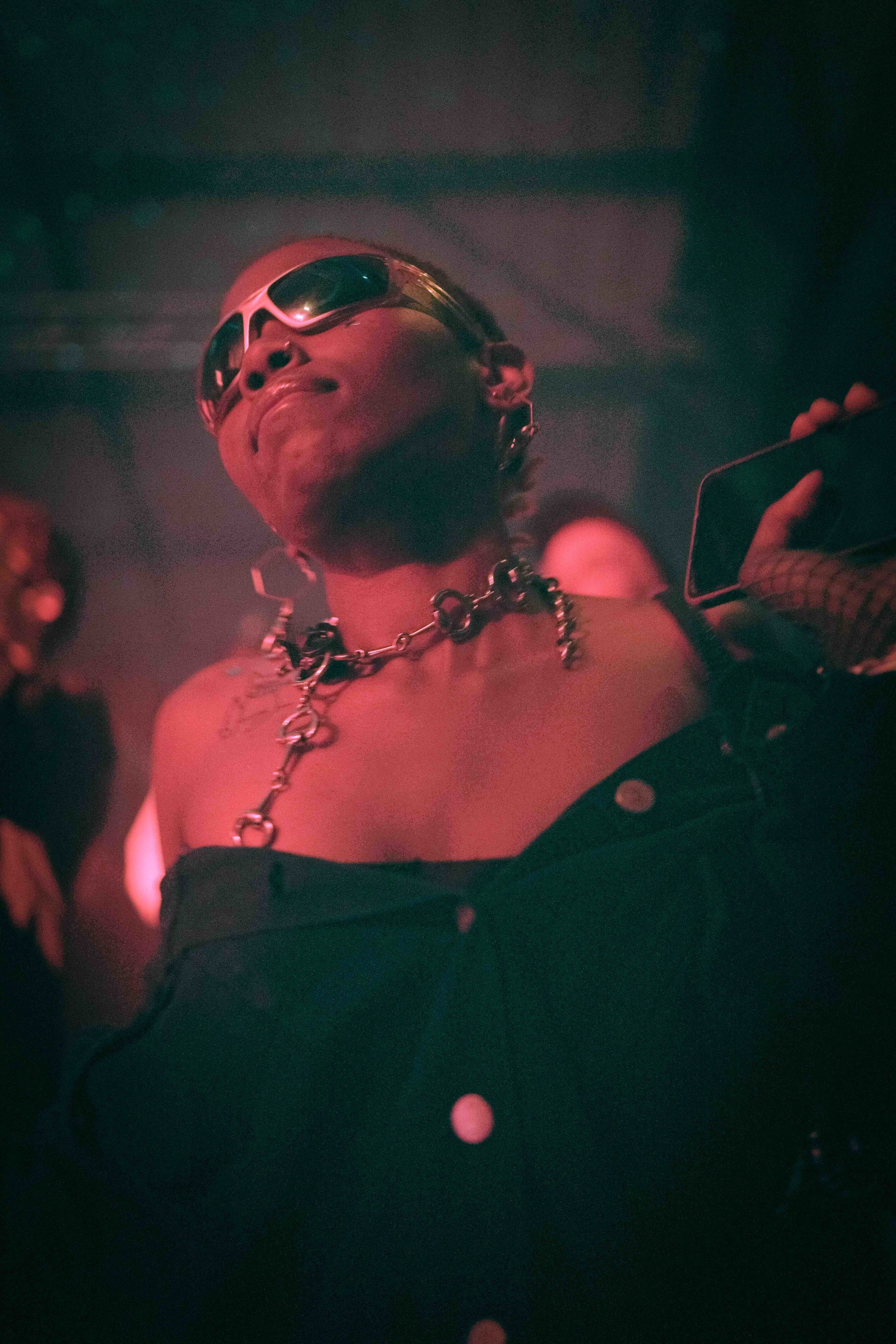

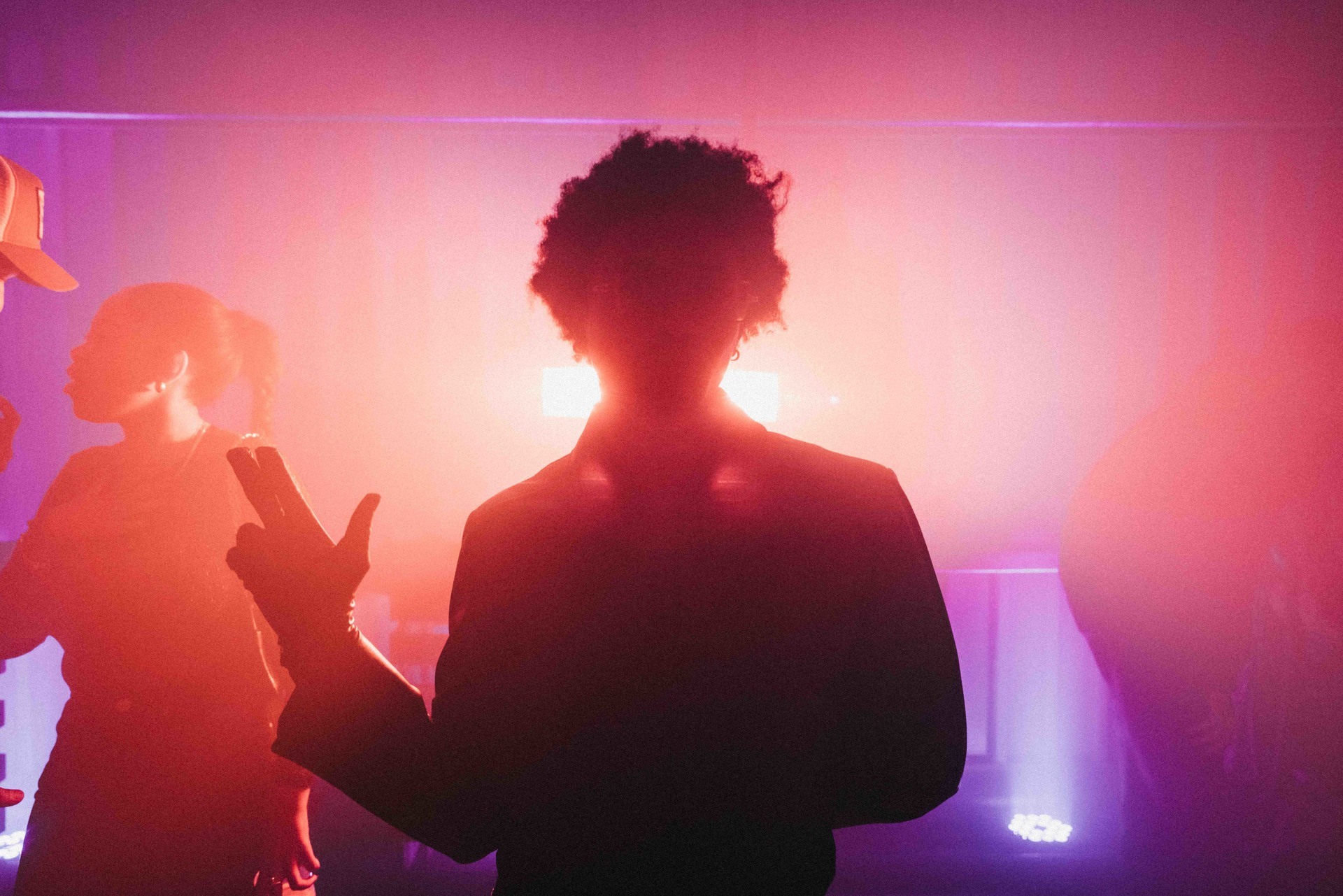
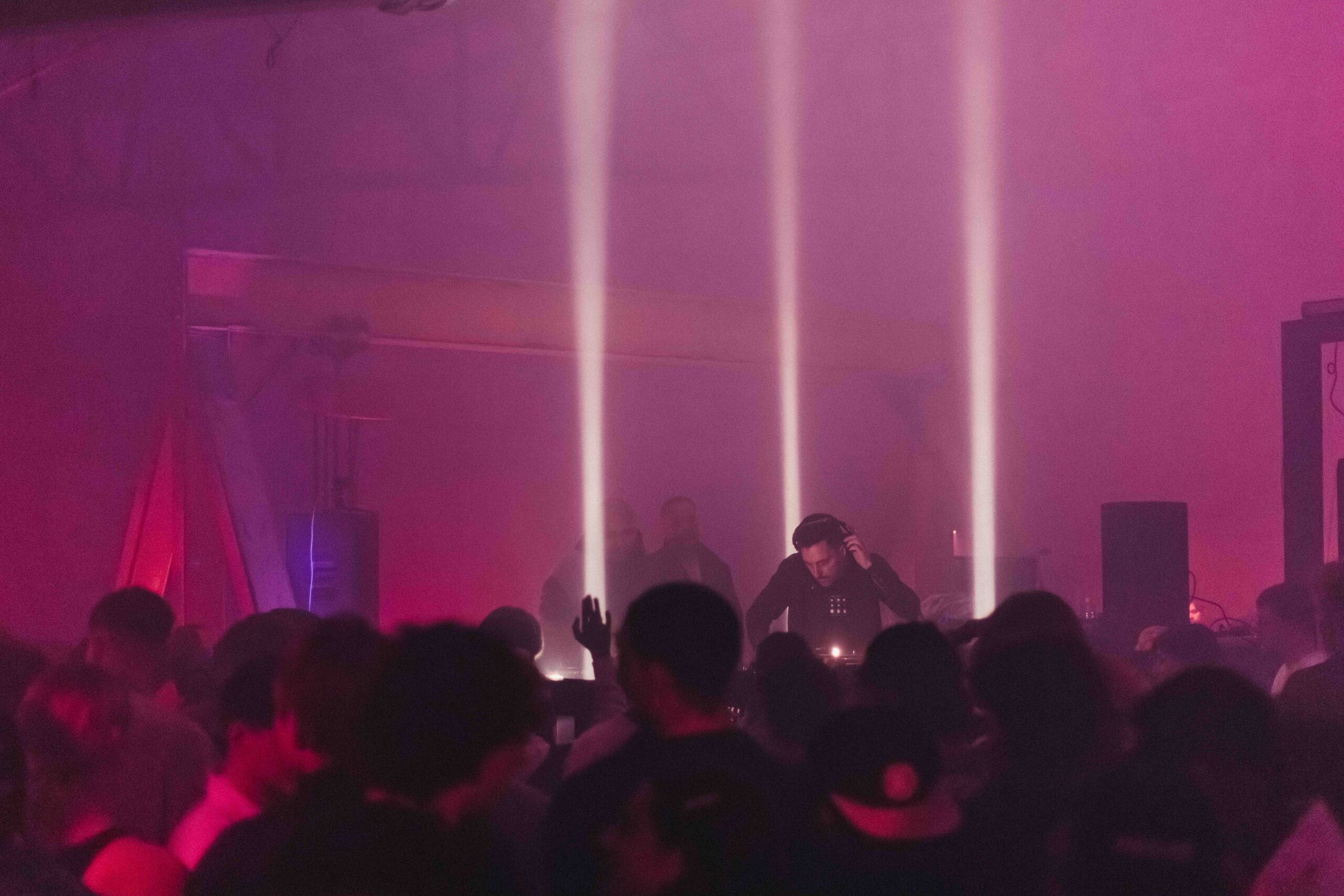

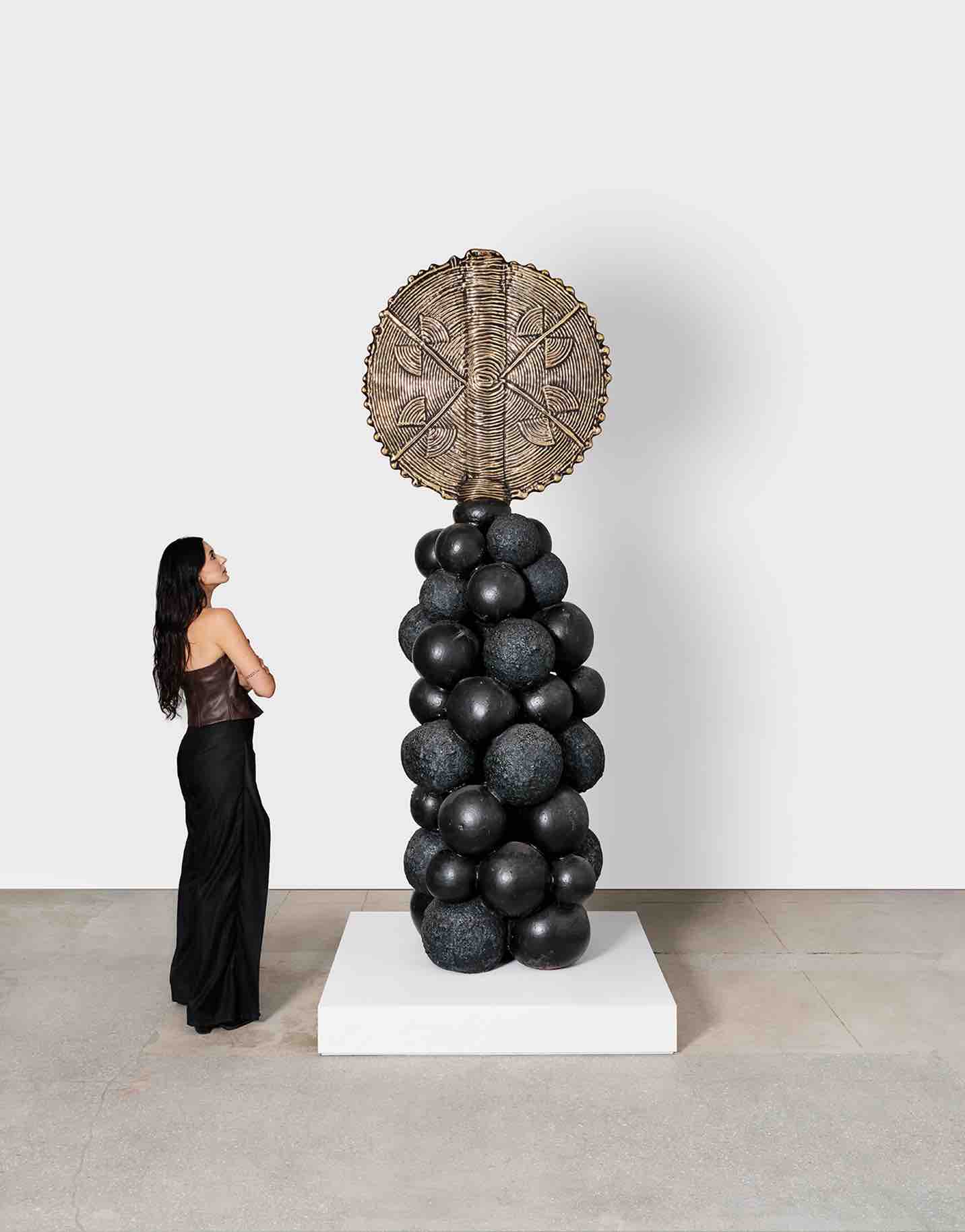

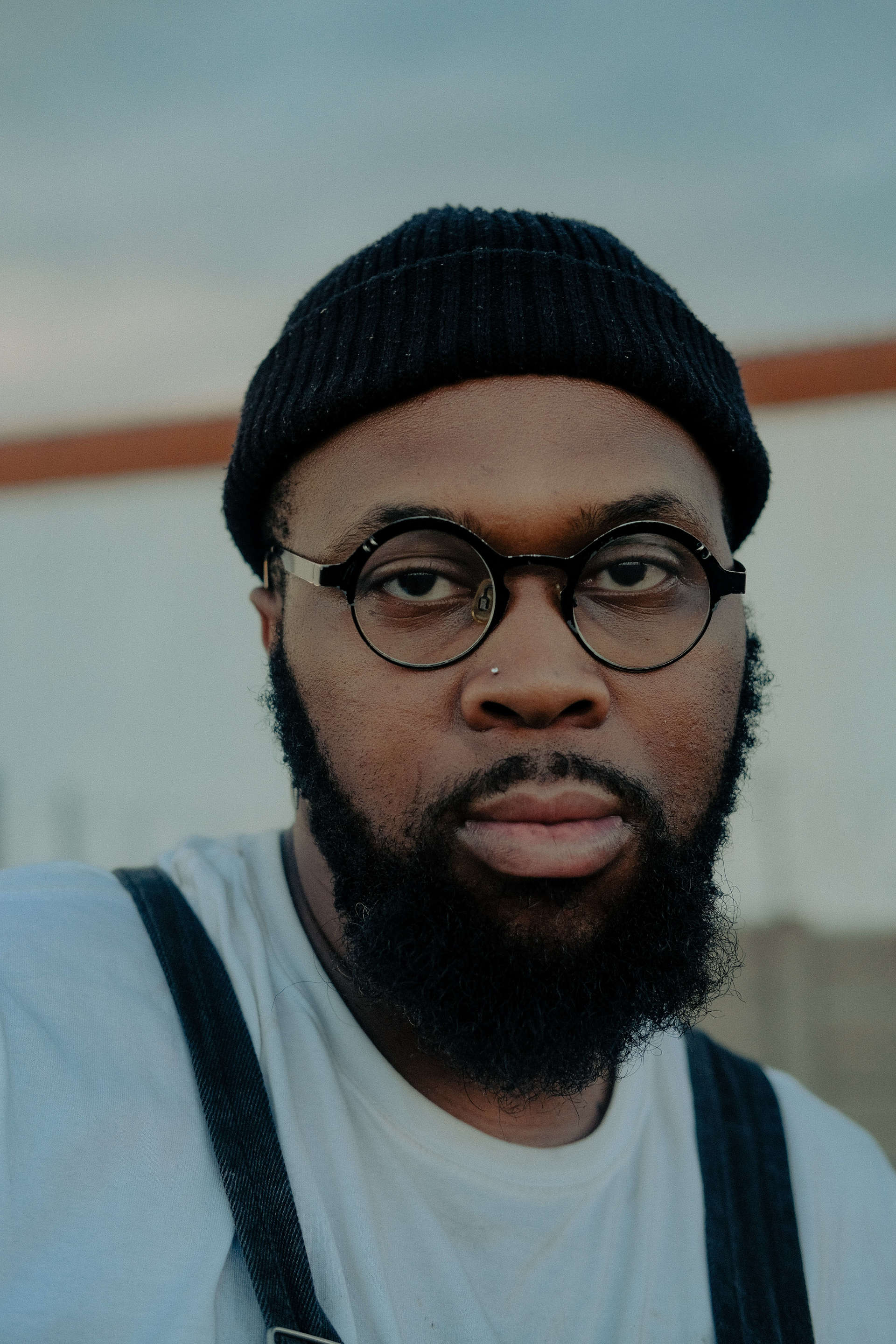
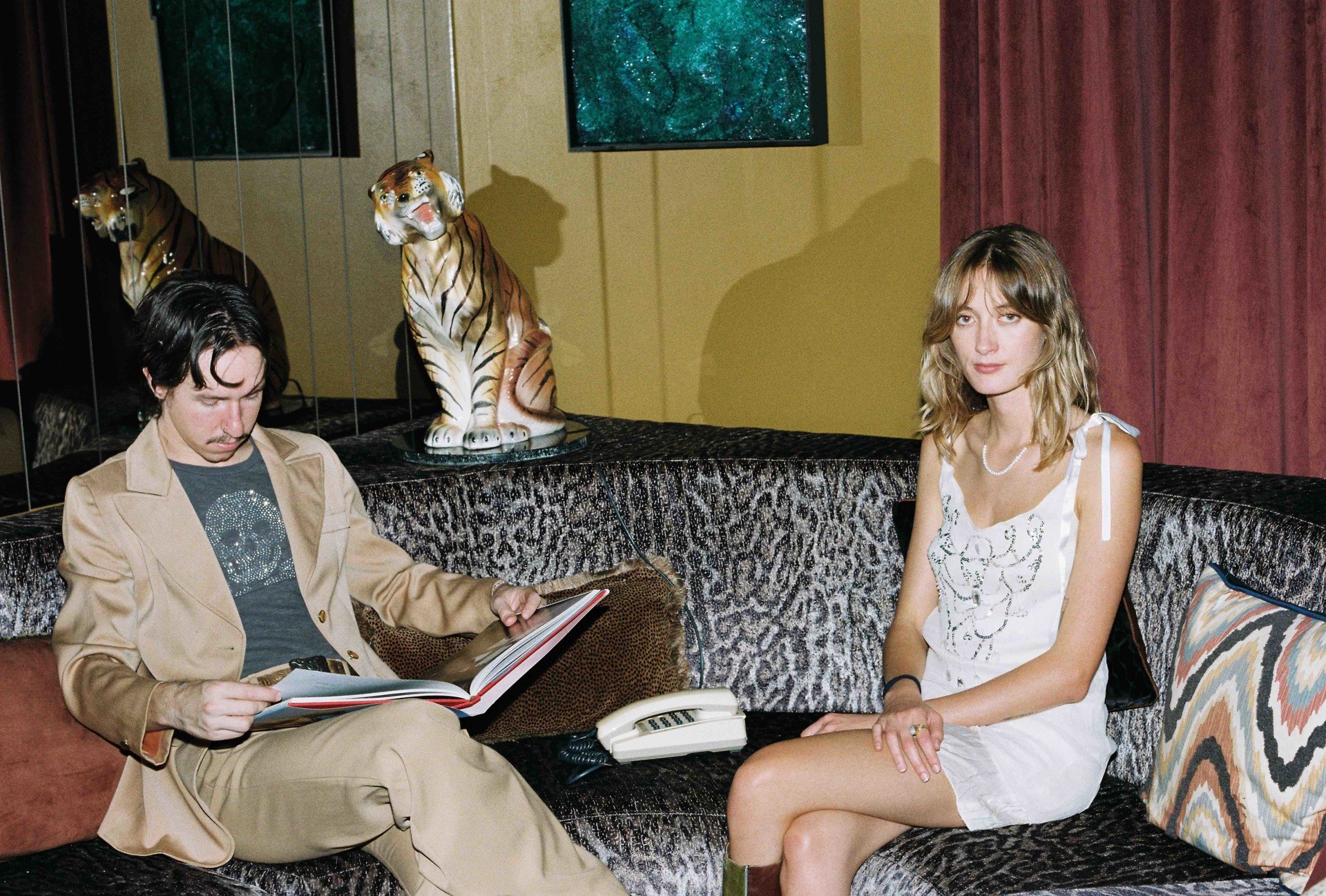
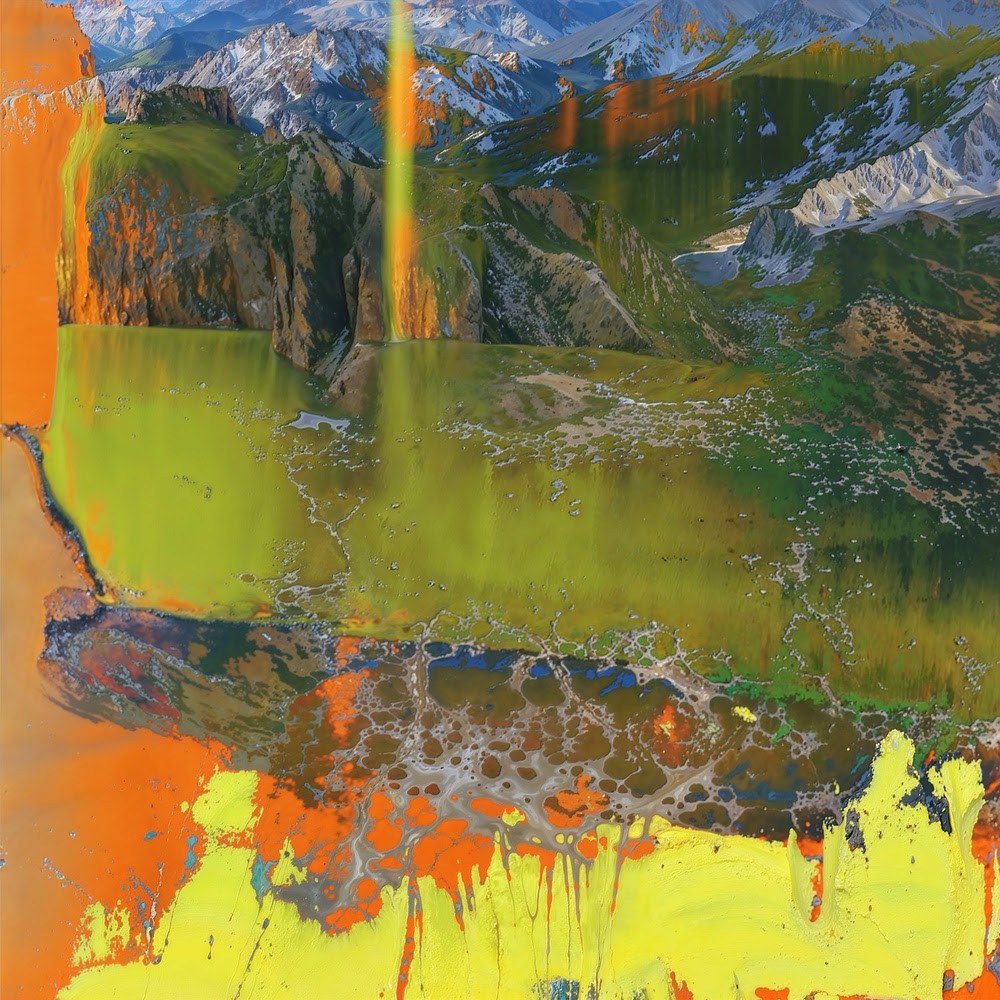


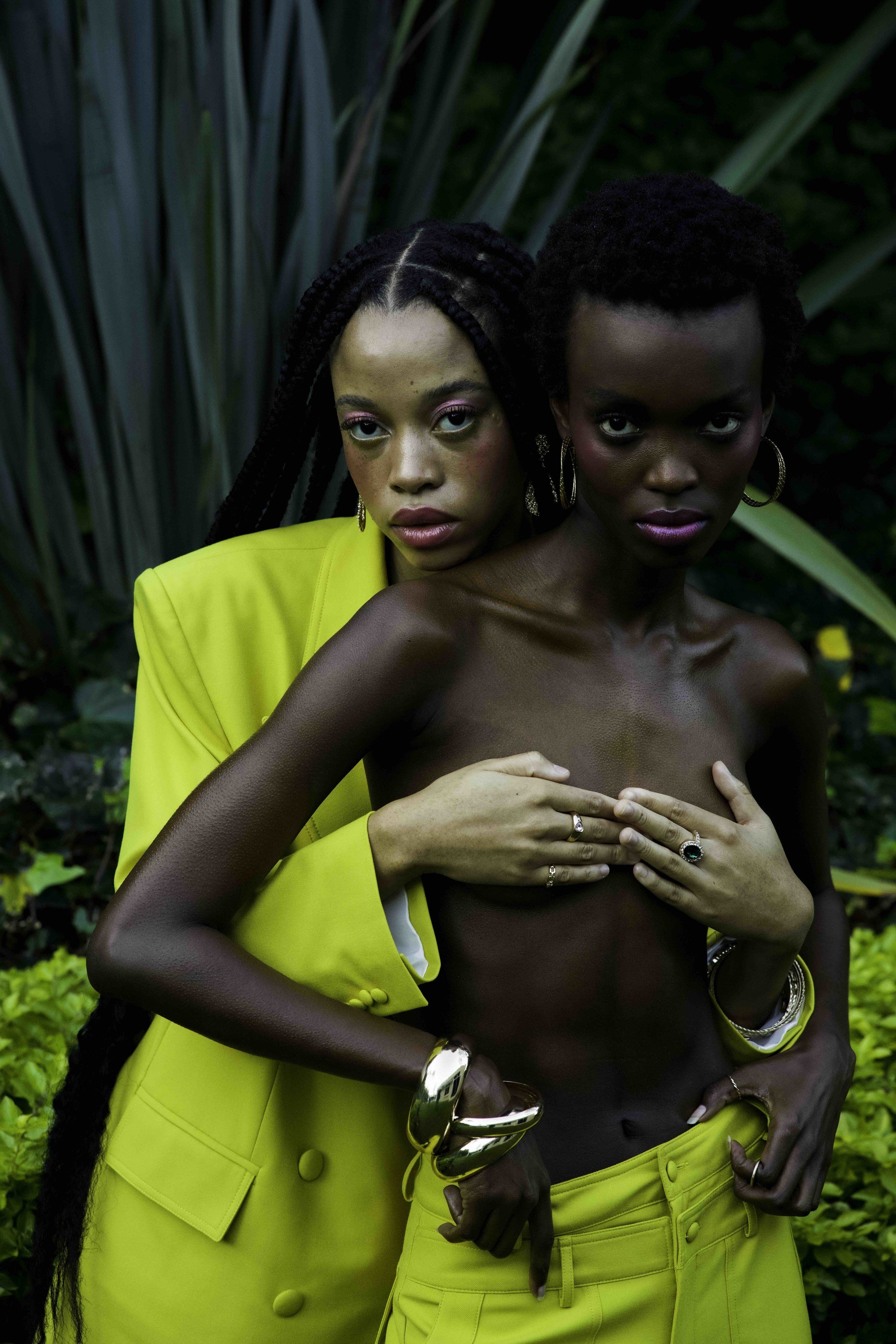
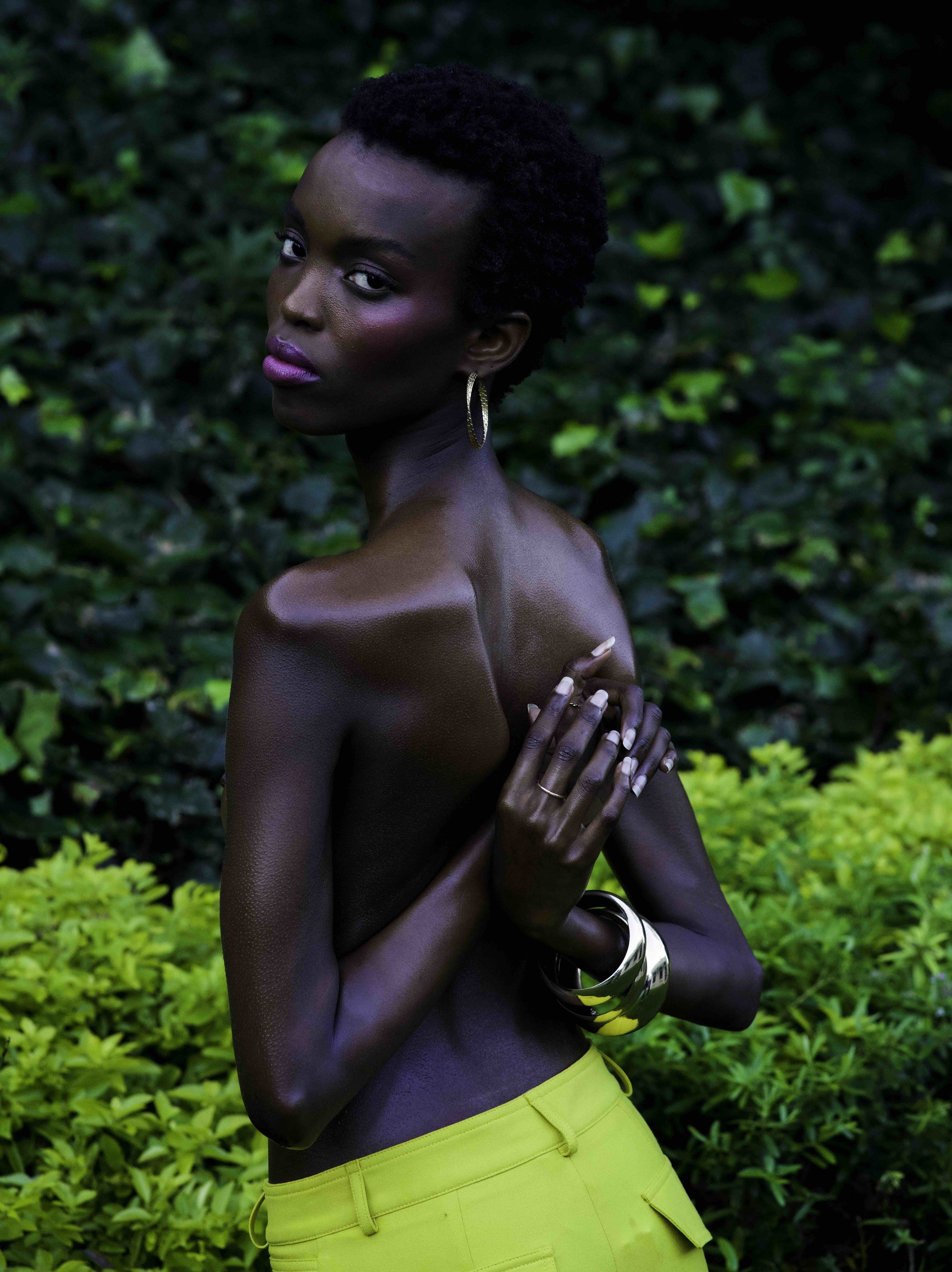
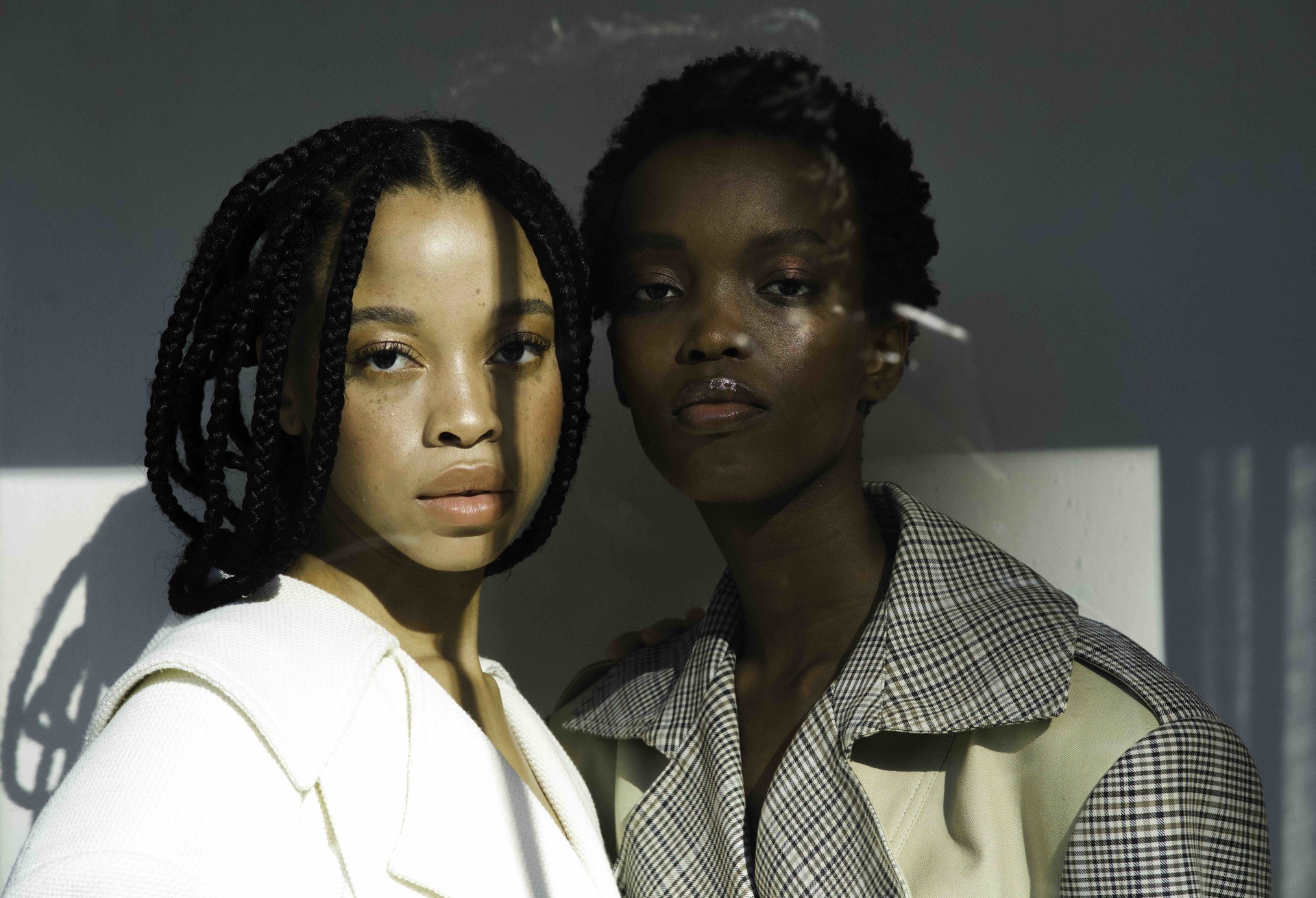
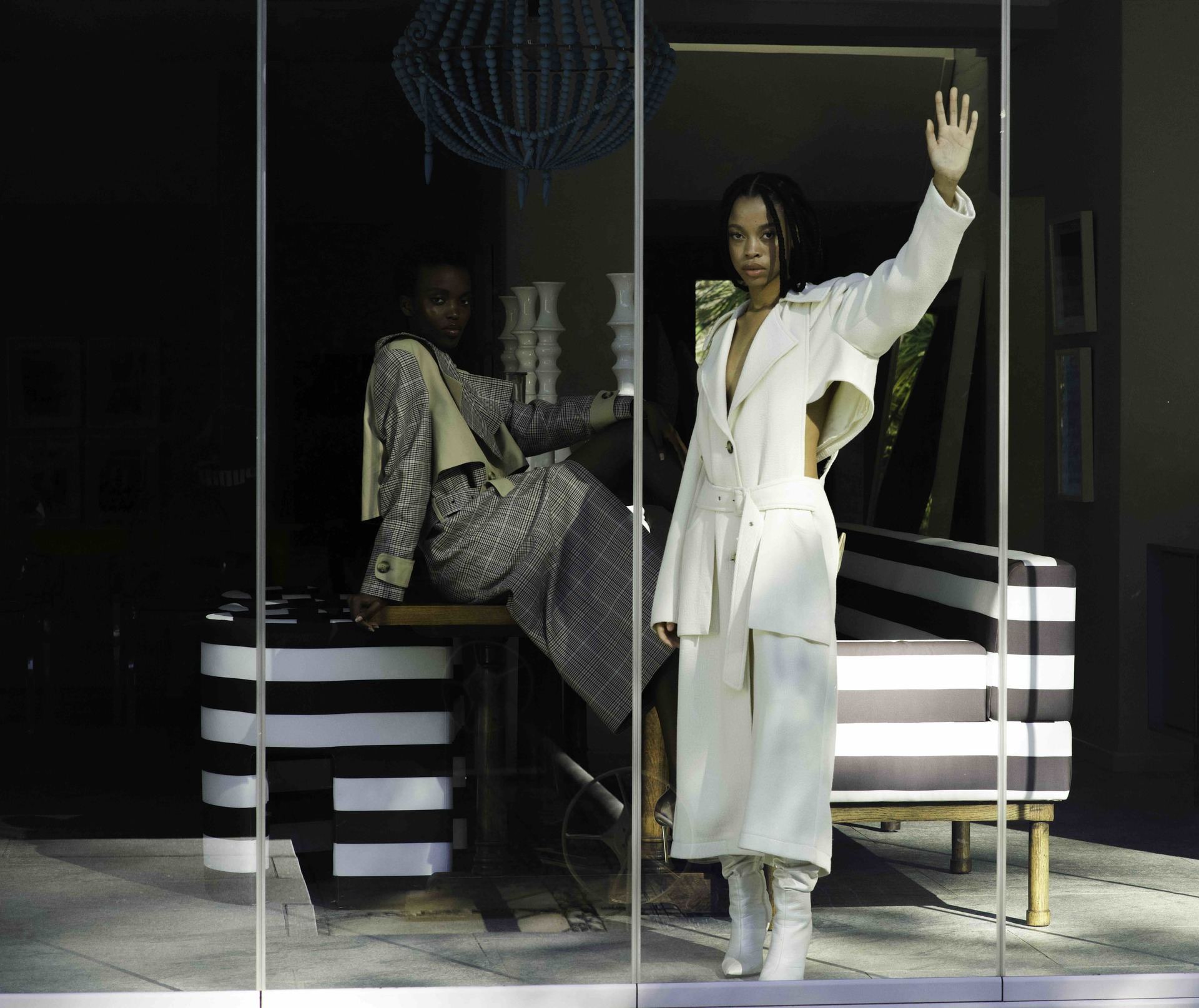
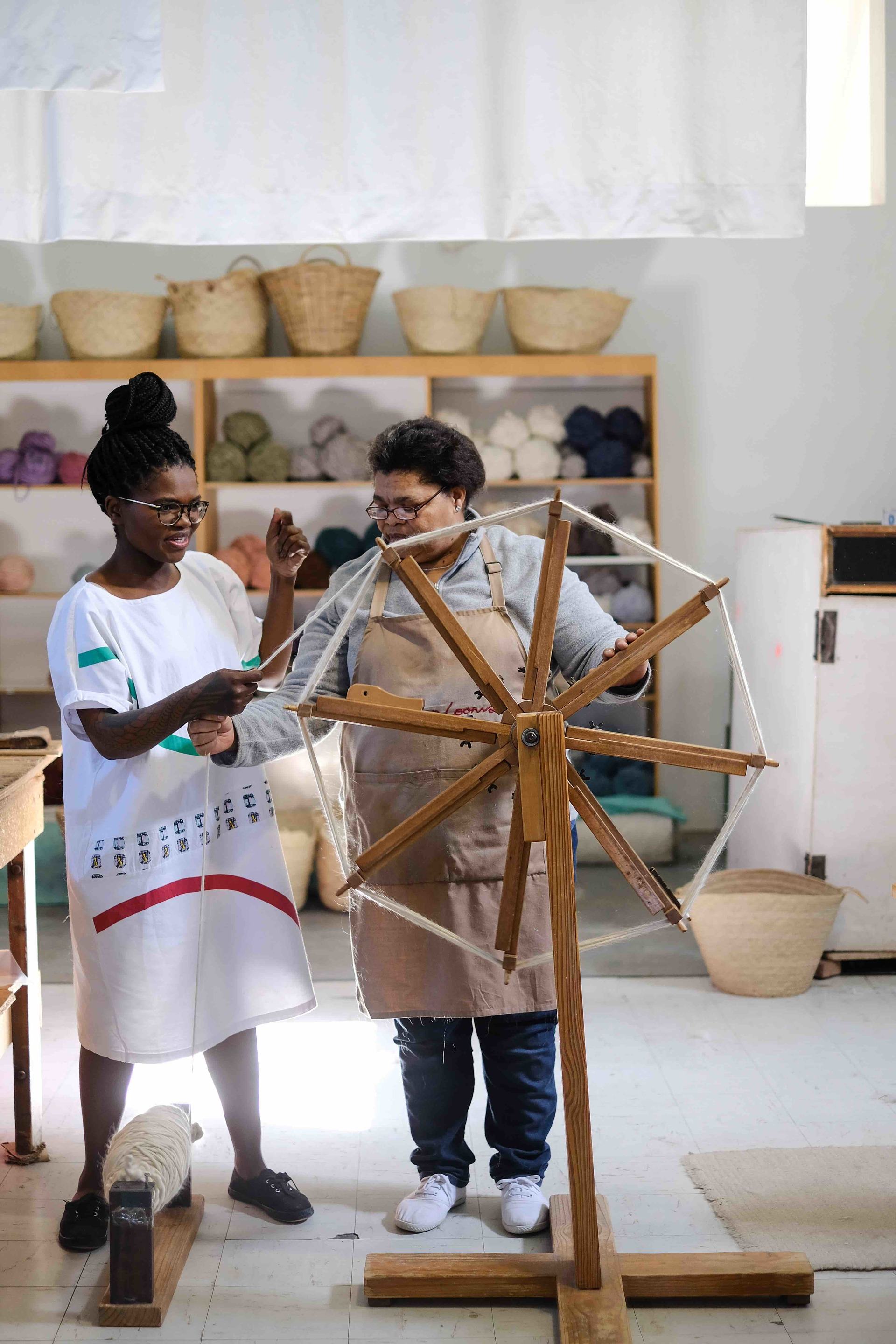
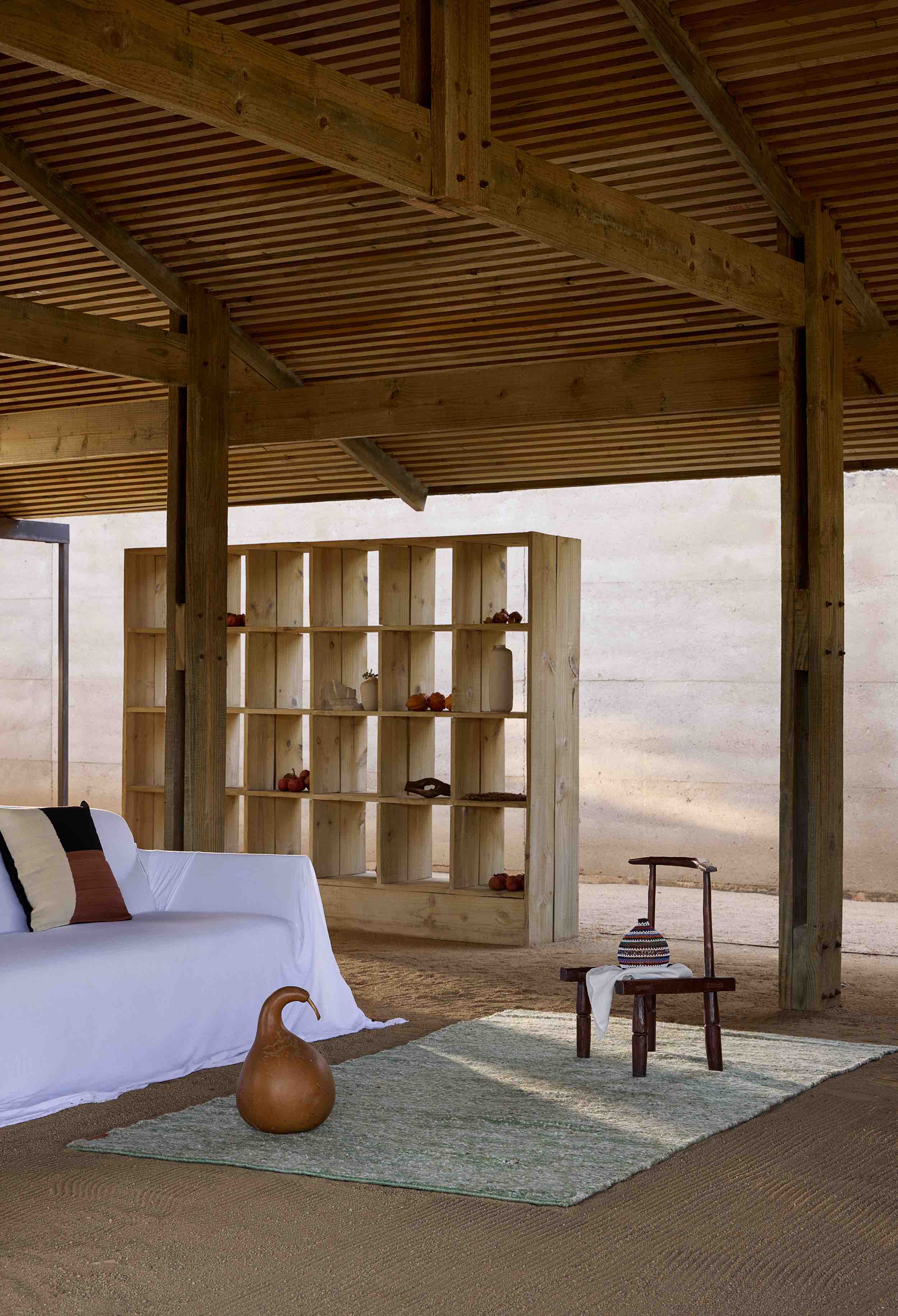
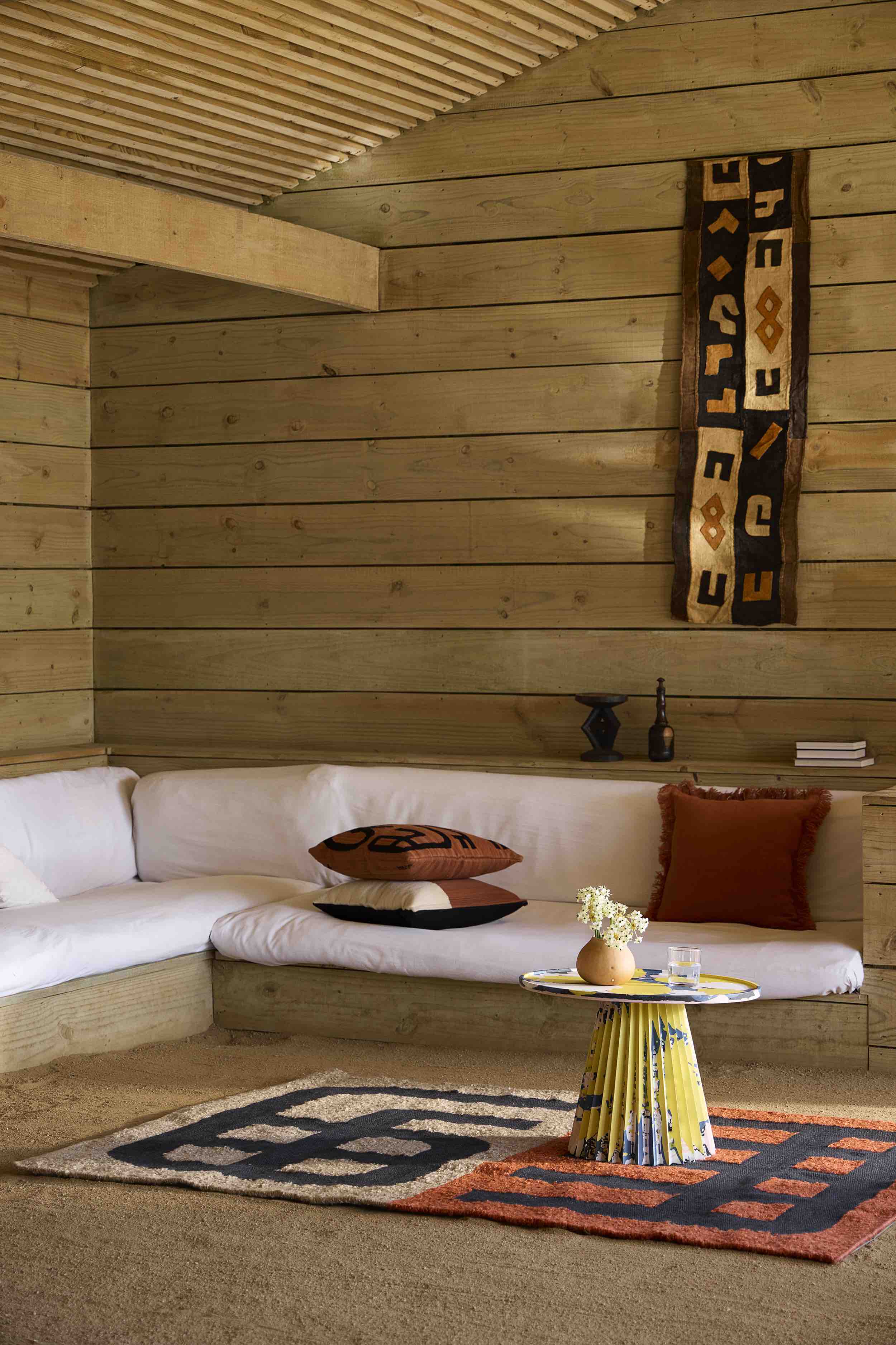
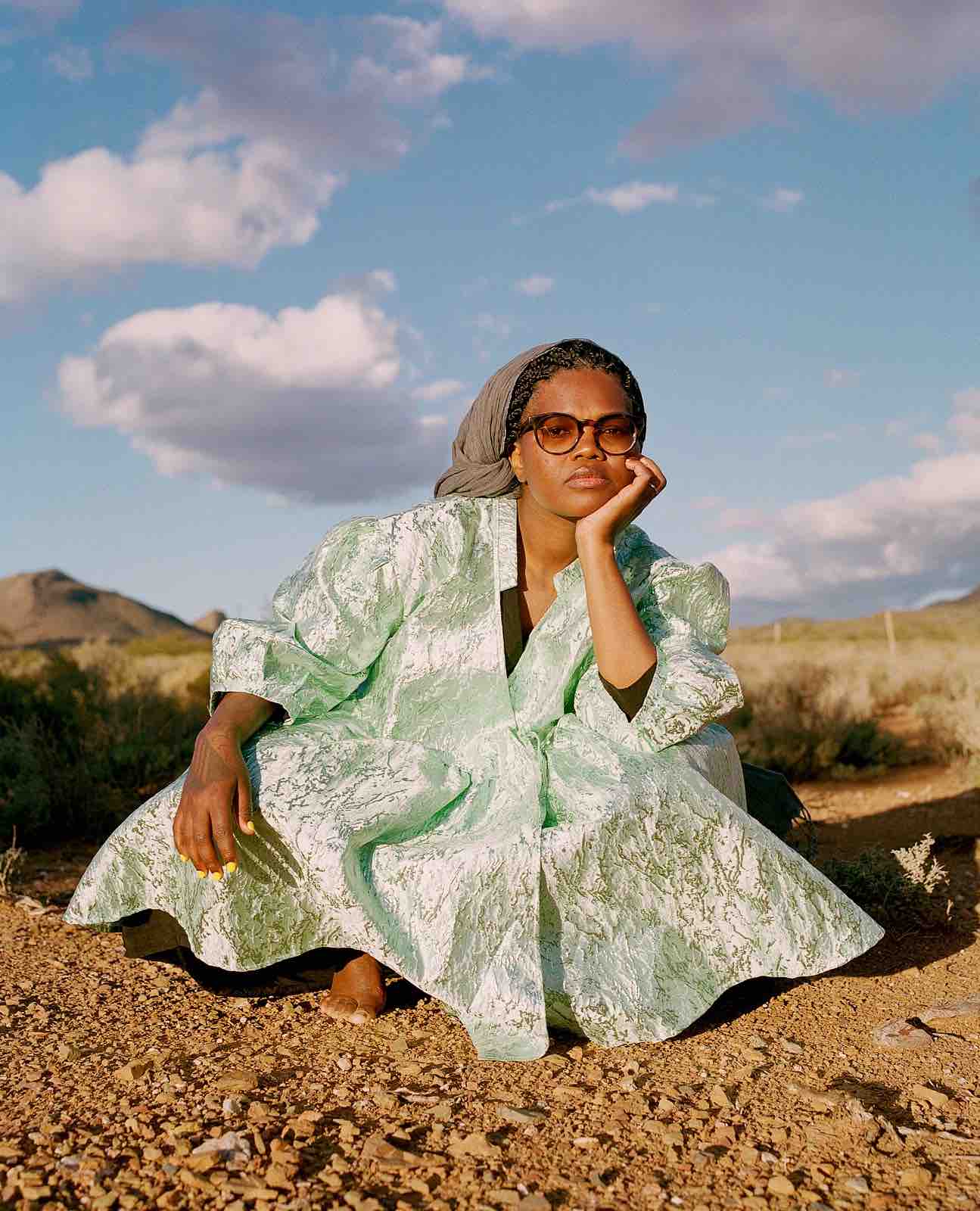
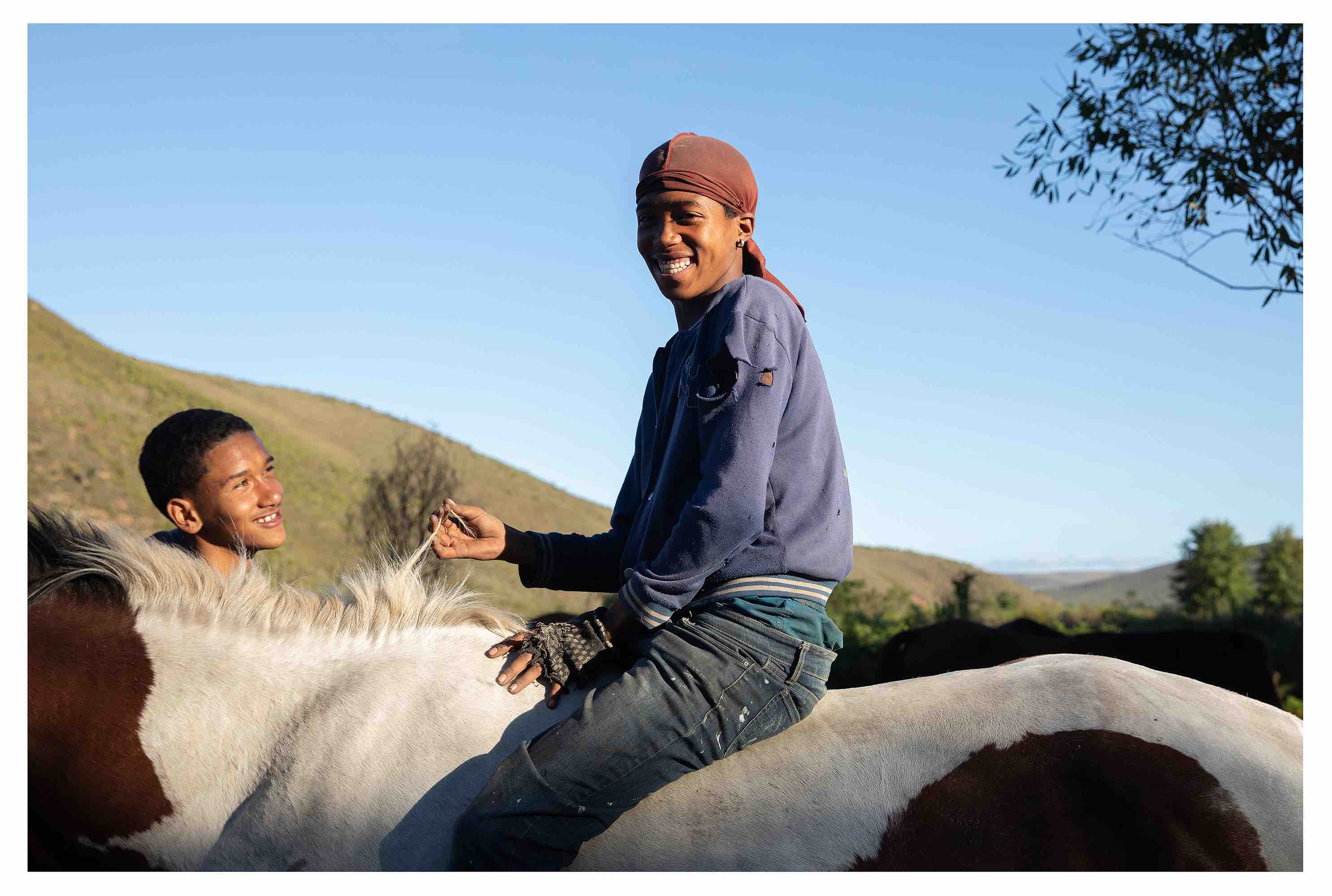
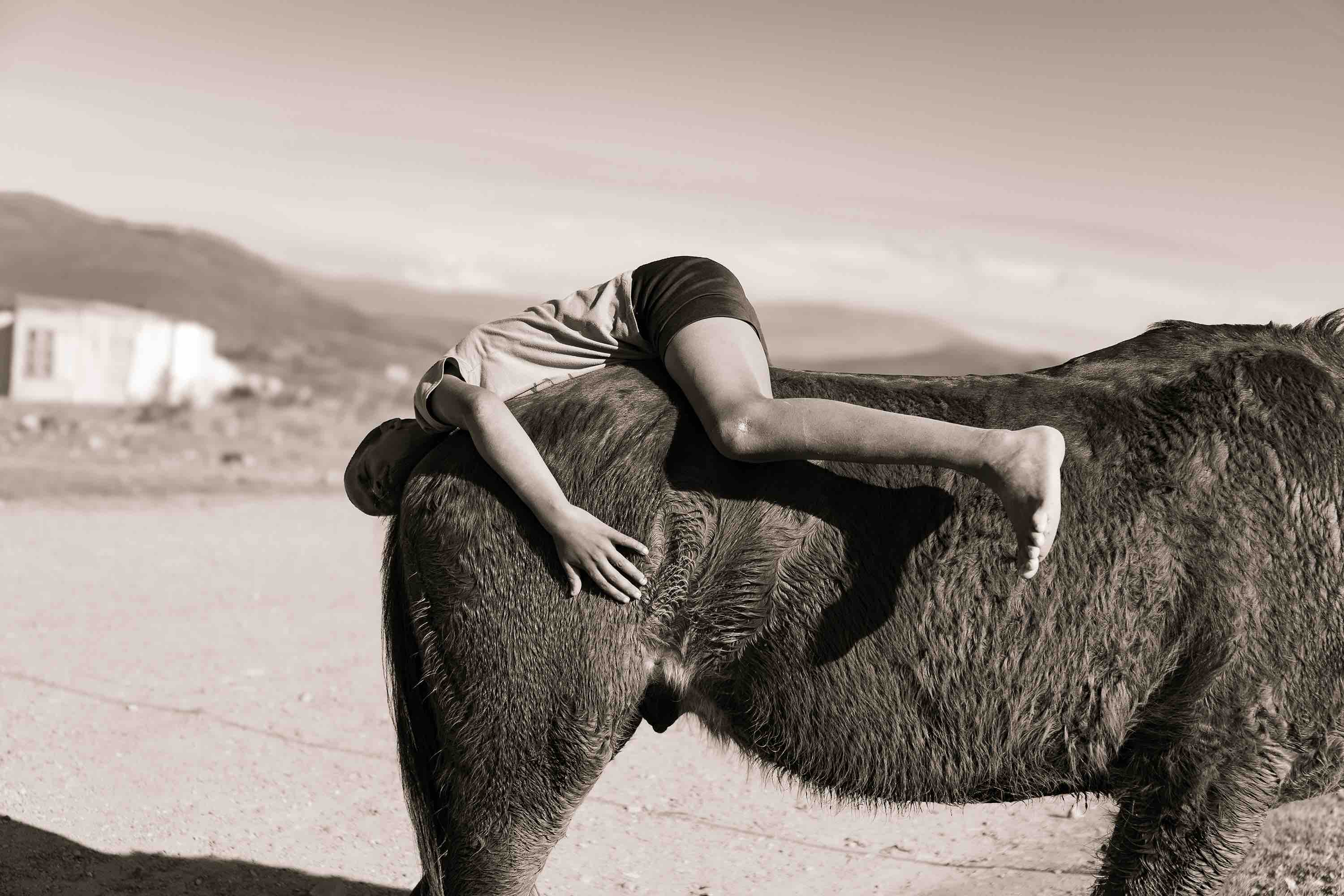




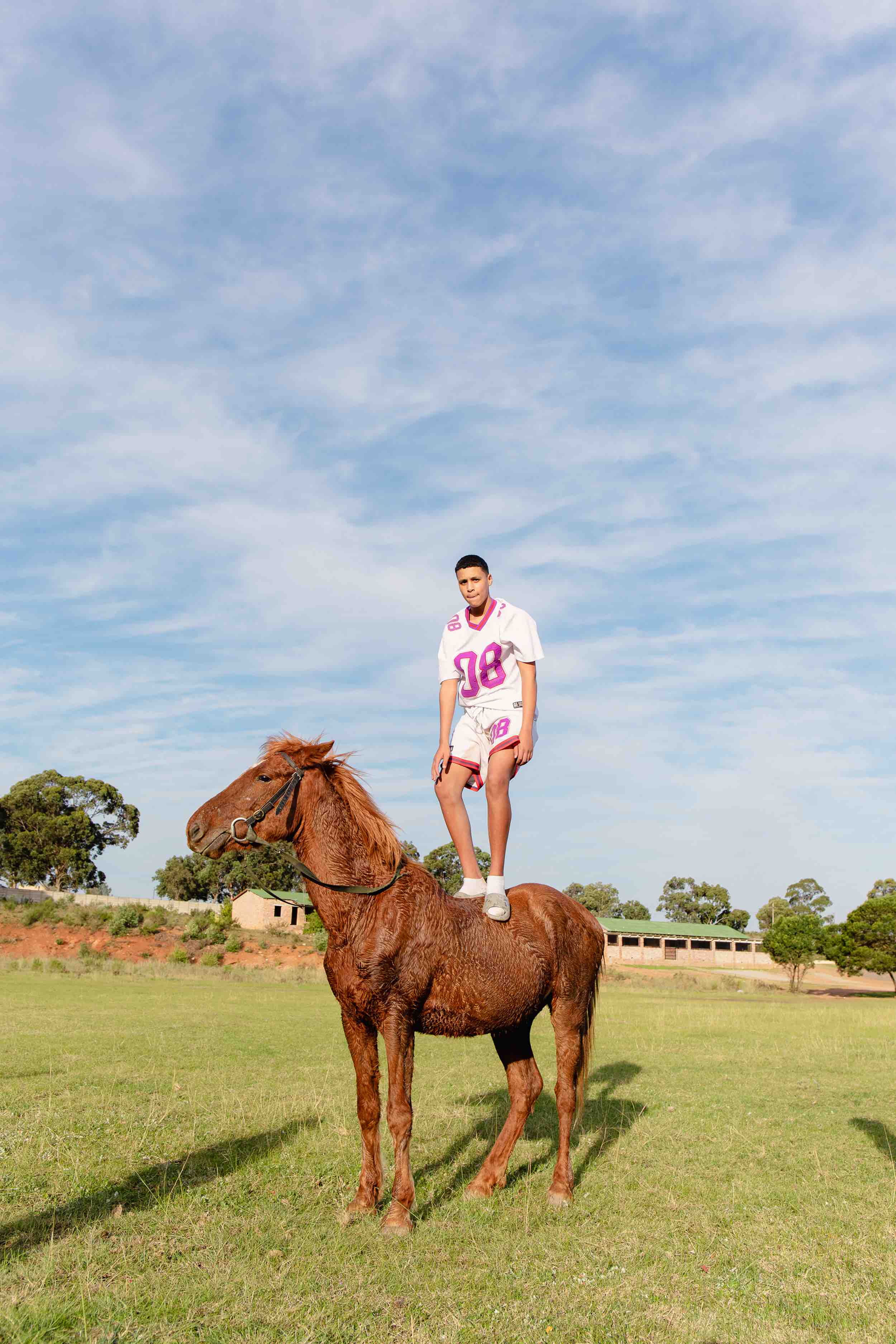


Recent Comments